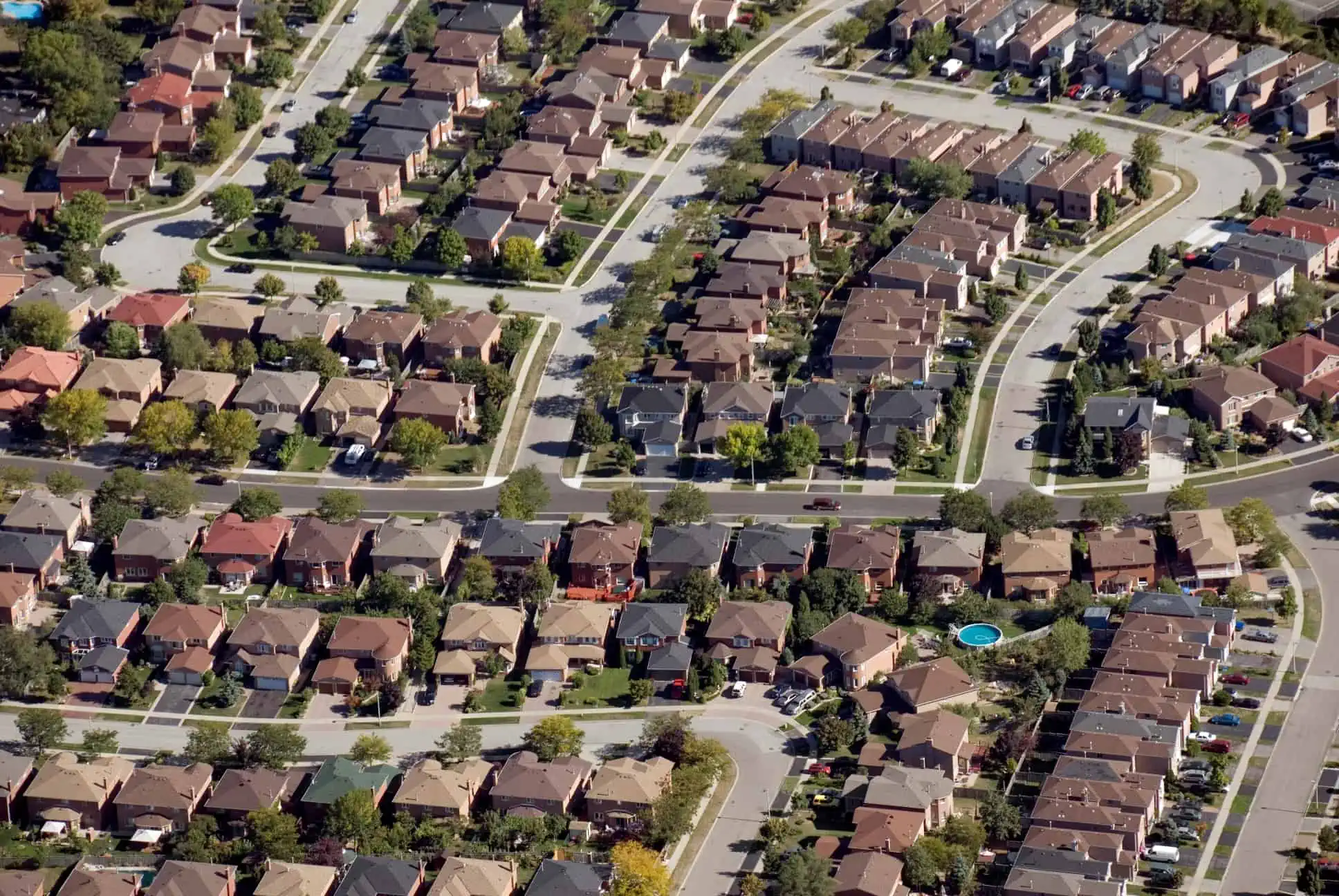‘Cutting Red Tape’ legislation will lead to more urban sprawl and not solve Ontario’s housing crisis
Published May 8, 2024 at 9:19 am

Provincial legislation designed to cut red tape and make it easier for developers to create more housing has environmental groups claiming the new rules would “effectively kill” municipal fail-safes that protect non-Greenbelt farmland and wildlife habitat from suburban sprawl.
Phil Pothen, a lawyer and the Ontario Environment Program Manager for Environmental Defence, said two new laws from Bill 185 – the Cutting Red Tape to Build More Homes Act – will remove protection from the ‘White Belt’ lands surrounding the Greenbelt that restrict where developers can apply to bulldoze farms and habitat.
“After trying, and failing, to destroy the Greenbelt directly, the Ontario government wants to impose two new laws that effective kill the ‘smart growth’ system that promotes efficient use of scarce construction capacity and protects non-Greenbelt farmland and wildlife habitat from suburban sprawl,” Pothen said.
The Greenbelt, which Premier Doug Ford tried to hand over to developers in the infamous ‘Greenbelt Swap’ in the late summer of 2023 – a move that led to scathing reports from both the Auditor General and the Integrity Commissioner and cost Ford three cabinet ministers and various other trusted bureaucrats – acts as an “inner line of defence” against sprawl-like planning.
But only a small portion of agriculture and wildlife habitat lands – such as Pickering’s Duffins Rouge Agricultural Preserve – is included in permanent protection.

Duffins Rouge Agricultural Preserve in Pickering
The first line of protection consists of lesser known ‘settlement area boundaries’ that restrict where developers can build and are complemented by a set of planning rules designed to promote efficient and proper land use.
Using Bill 185 the Ontario government wants to erase this protection, Pothen said, letting land speculators “demand at any time” that settlement boundaries be moved. “This would effectively remove any requirement that land within settlement boundaries be used efficiently and allow boundary expansions when there’s more than enough designated land already. That would waste construction capacity and infrastructure, making it harder, not easier to solve the housing shortage.”
The result, added Pothen, is “unchecked, wasteful sprawl that will kneecap” municipalities from building high-density housing in existing neighbourhoods. “Unless stopped,” he said, “these laws will welcome a wave of sprawl developer led attacks in every community.
“By downloading decisions about these expansions to towns and villages without much planning expertise or legal muscle of their own, and banning Ontario Land Tribunal oversight of decisions to say ‘yes’ to sprawl, the government is also writing a surefire recipe for corruption.”
Pickering Councillor Maurice Brenner, while noting the legislative changes from Bill 185 will have “no impact” on the Greenbelt, said the new rules “pose serious problems” when it comes to expansions in the White Belt lands outside the area zoned for urban living.
“By enabling private boundary changes, this could breed sprawl and compromise our already limited infrastructure along with potential damage to the environment and destruction to farming outside of the Greenbelt. “
Fighting these changes will largely fall to the Region of Durham, Brenner added.
INsauga's Editorial Standards and Policies








